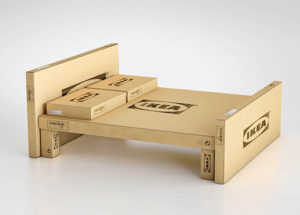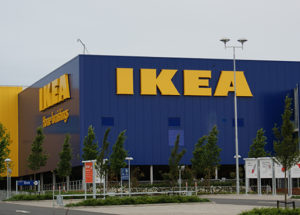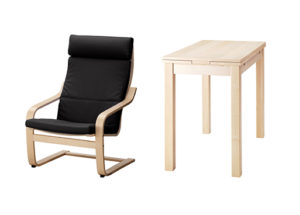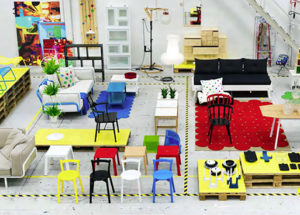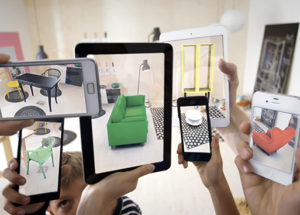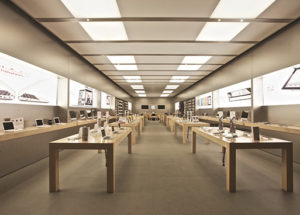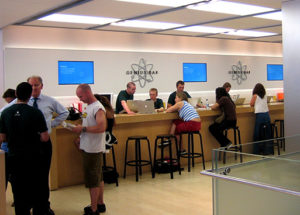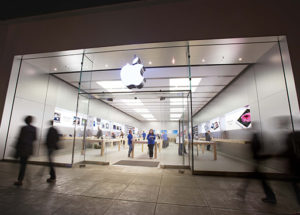Businesses need to go beyond looking at product design in isolation and create brand experiences around all points of contacts with their customers
It’s true: Businesses are built on experiences. Among the large companies to make this work as a phenomenon is IKEA. Shopping at IKEA, one would agree wholeheartedly, is an experience. Products are well designed and low cost in most markets they operate in and they have revolutionized the way these are built, shipped and retailed. This user centricity and the subsequent emphasis on creating an experience that is ‘designed’ is a topic of much discussion among designers of different backgrounds.
At IKEA, they understand that people are willing to do their work to accomplish the cost effectiveness they so desire. This has given rise to the famous do-it-yourself philosophy from product architecture to shopping. An excellent mix of products that gets updated every year is launched as a collection. Products are presented as potential living spaces within the showrooms that guide customers with maps and lists. An in-store café dishes out tasty food at low prices.
In the end, customers pick out their product assemblies packed in flat boxes themselves. Most customers make this trip a daylong outing with families and drive home with their purchases easily assembling these at home.
IKEA starts their design projects by looking at emerging requirements, fix a cost target and then arrive at the design solutions through a cross functional team that involves sourcing as well as the packaging team. A typical IKEA chair might go through multiple iterations based on all these systemic requirements over many months.
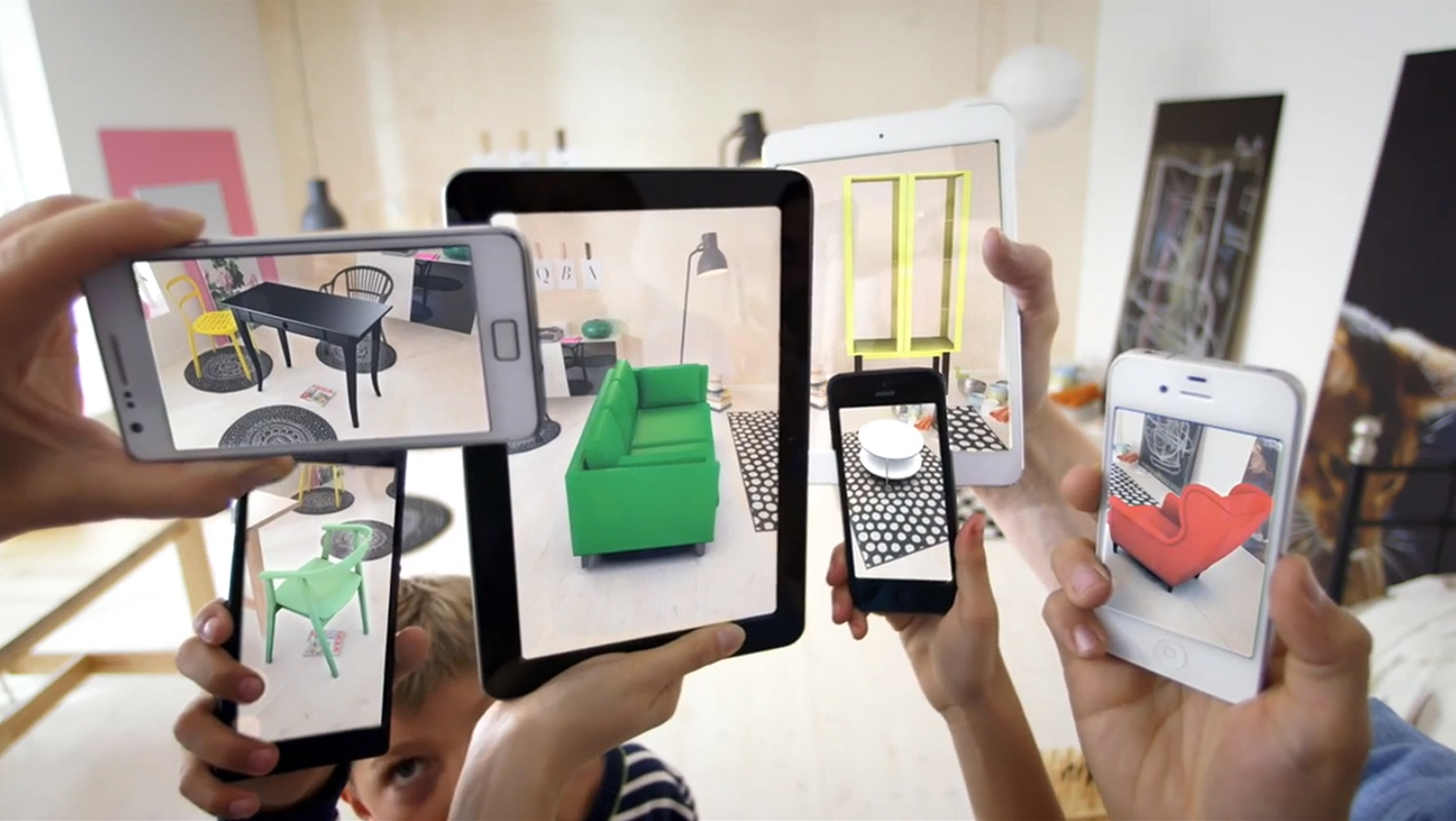
Another example of great overall experience is Apple. The world’s darling tech giant goes as deep as possible in making the Apple experience a consistent one. In that process Apple has also become a software maker of high repute, a publishing house, a design movement and one of the overall best retailers earning maximum revenues per square foot of retail space.
Steve Jobs famously said at the launch of Apple Retail, “People don’t just want to buy personal computers anymore. They want to know what they can do with them and we’re going to show them exactly that”.
At the Apple store, the salespeople do not work on a commission. That’s why there is a complete hands-off approach. They engage the customers in conversations about products. Customers are allowed to play with the products hours at length without any disturbance from the sales staff at all.
And there is the Genius Bar where all kinds of technical issues from fixing computers to guiding people on creating photo albums are handled by the ‘creatives’. Jobs invested heavily in designing the experience of buying a Mac and owning the Mac and making it the best product and service experience there is.
Thinking of products in contexts that are far larger than the products themselves has been something designers have learnt from the Systems Approach. With businesses that are primarily global and technology that is touching new heights of complexity, it has become increasingly imperative for businesses to think of the entire experience that products and services render. Design becomes the foundation of this branded experience that businesses want to deliver at all the customer touch points.

